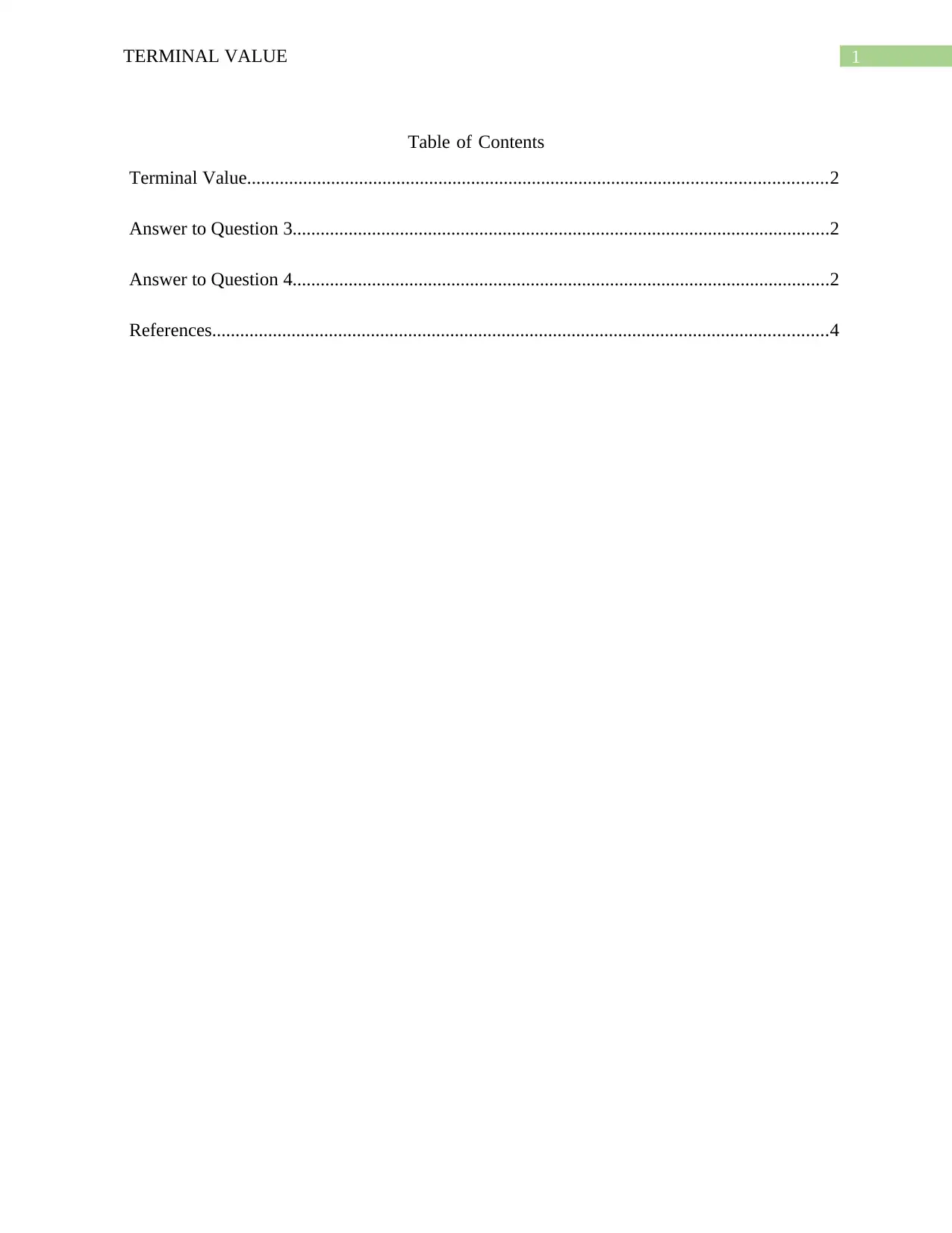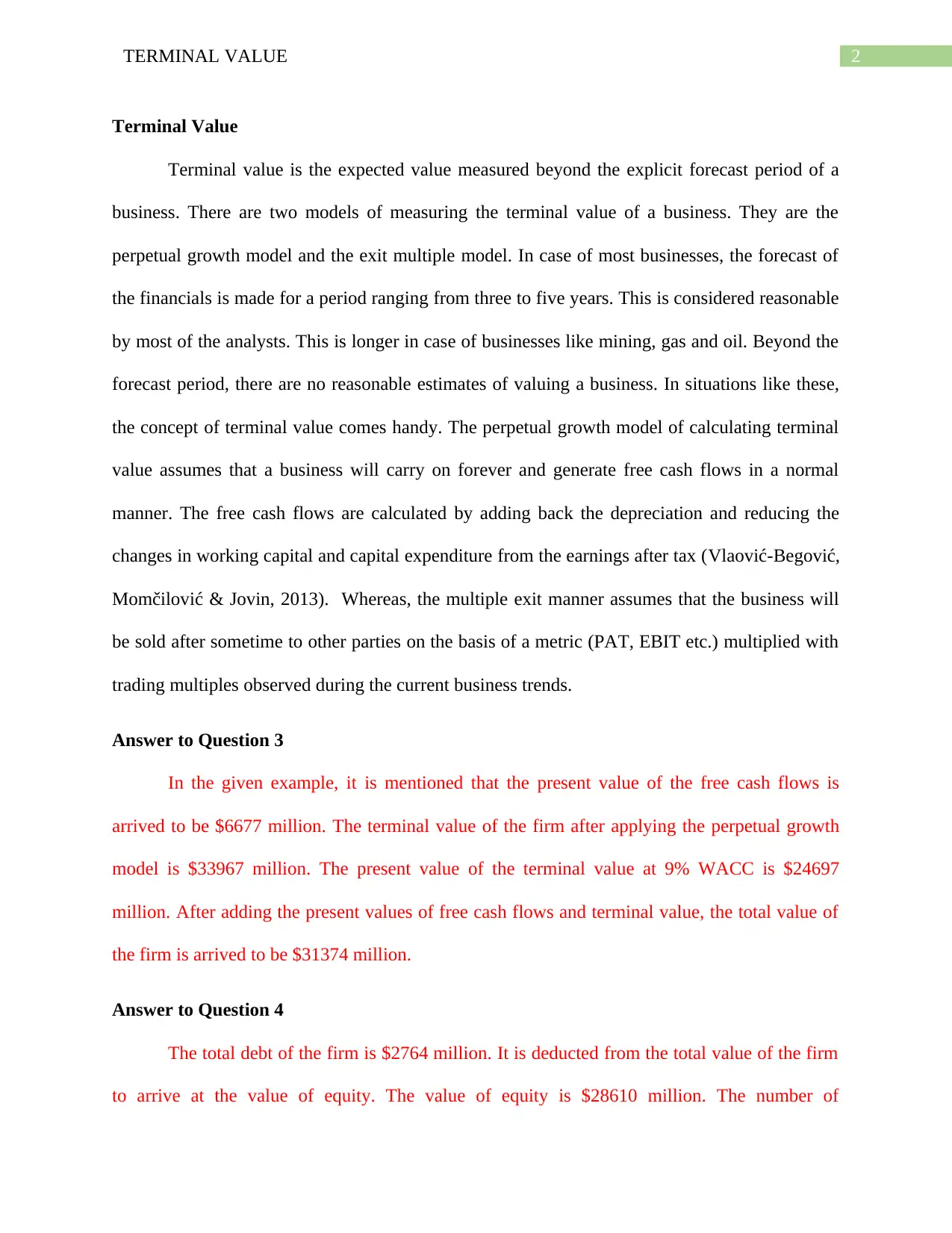Hi Class,
Check out Table 9.1 in our book to see a "discounted cash flow" example. This is a "full" example that we can use to put everything together, so to speak. In this example, pro forma financial statements were created so that it was possible to estimate periodic free cash flows. Periodic free cash flows are then discounted using the weighted average cost of capital. Finally, a "terminal" value is solved for using a constant-growth perpetuity formula. This is pretty amazing stuff, when you think about it. If we do this for an organization, we can solve for how much it is worth. In fact, this approach is what is used to value corporate purchases, mergers, and acquisitions. I know, how cool is that? Suppose you don't want to buy an entire firm, rather you just want to invest in its stock. This approach can also be used to value a firm's stock. Think about it, if we know the value of a firm, and if we subtract out the amount of that firm's debt, we are left with its equ
![[object Object]](/_next/static/media/star-bottom.7253800d.svg)
![[object Object]](/_next/static/media/star-bottom.7253800d.svg)




